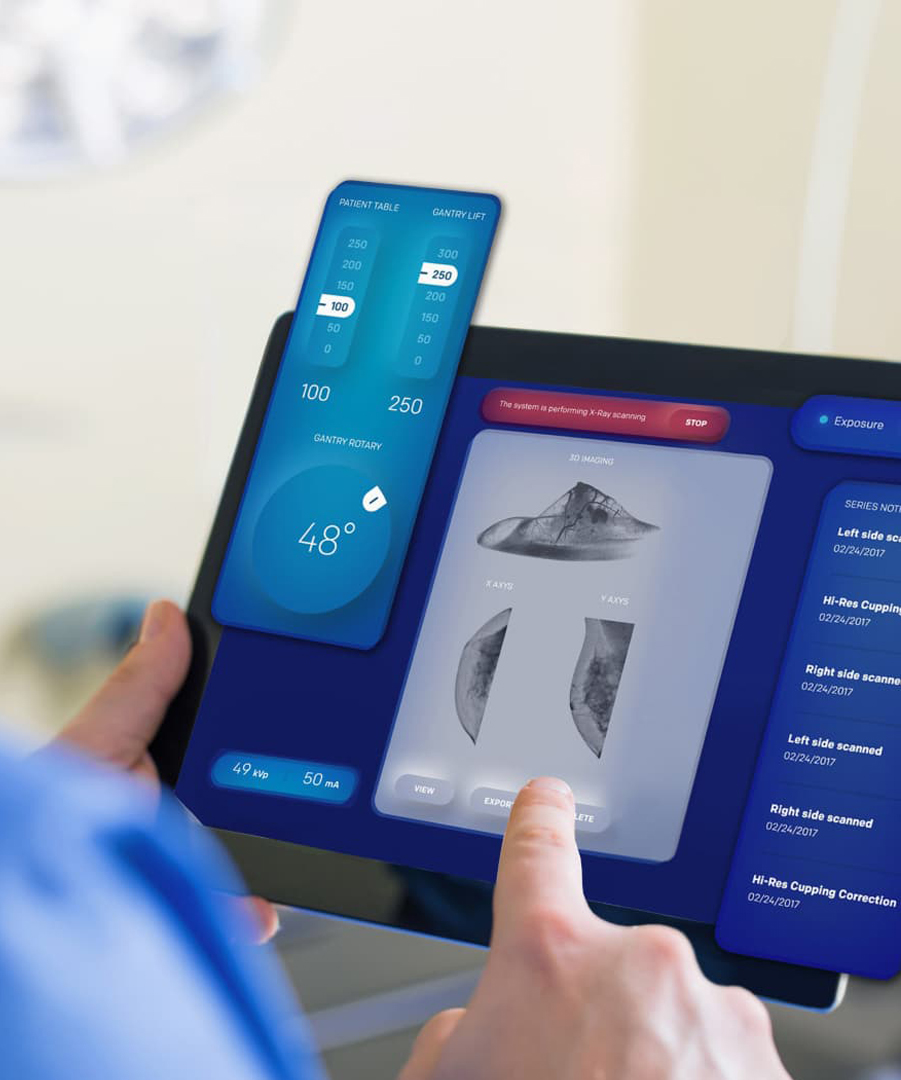


Mga trak ng bumbero ay ang pangunahing kagamitan para sa pagtugon sa mga sunog at emergency rescue mission, at ang kanilang pagganap at pagiging maaasahan ay direktang nakakaapekto sa kahusayan sa paglaban sa sunog at kaligtasan ng mga tauhan. Ang HOWO, bilang isang nangungunang tatak sa sektor ng komersyal na sasakyan ng China, ay nakakuha ng malawakang aplikasyon sa mga high-risk na kapaligiran tulad ng mga planta ng petrochemical, paliparan, at mga industrial park dahil sa namumukod-tanging kapangyarihan, katatagan, at propesyonal na disenyo ng mga foam fire truck nito. Ang artikulong ito ay sistematikong sinusuri ang istrukturang disenyo ng HOWO foam fire trucks upang matulungan ang mga user na magkaroon ng malalim na pag-unawa sa kanilang mga teknikal na feature at functional na pakinabang.
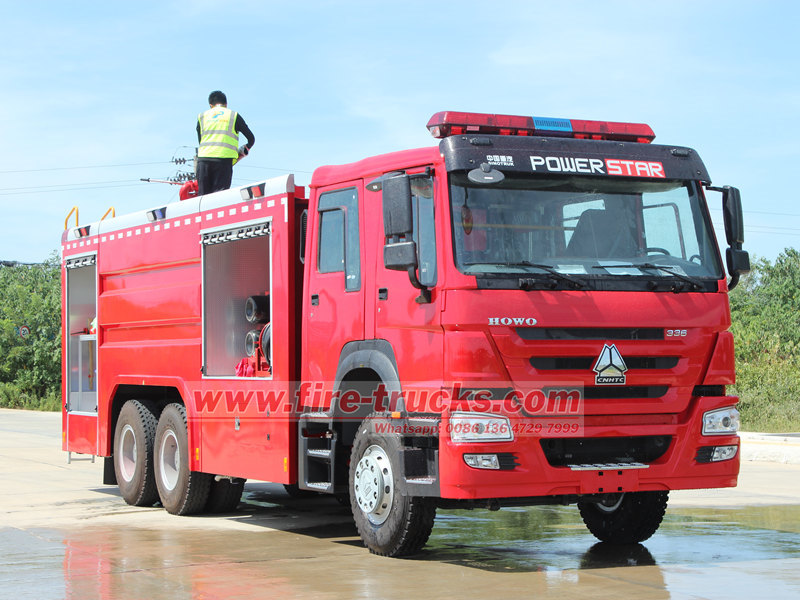
1. Pangkalahatang-ideya ng HOWO Foam Fire Trucks
Ang HOWO foam fire truck ay binago gamit ang HOWO specialized chassis, pagsasama ng tangke ng tubig, foam tank, fire pump, intelligent proportioning system, piping, at firefighting equipment. Pinagsasama nila ang parehong tubig at foam na mga kakayahan sa paglaban sa sunog. Dinisenyo bilang pagsunod sa mga pamantayan ng pambansang kagamitan sa pag-aapoy ng sunog, ang mga trak na ito ay partikular na angkop para sa pagpuksa ng nasusunog na likidong apoy, tulad ng mga sunog sa petrolyo at kemikal, habang natutugunan din ang mga pangangailangan ng pangkalahatang solid-material na mga operasyon sa pagliligtas sa sunog.
2. Pangunahing Istruktura ng HOWO Foam Fire Trucks
Ang HOWO foam fire engine ay binubuo ng dalawang pangunahing bahagi: ang chassis at ang superstructure. Ang chassis ay nagbibigay ng kapangyarihan sa pagmamaneho ng sasakyan, habang ang superstructure ay humahawak sa mga function ng paglaban sa sunog.
(1) Chassis
Ang HOWO chassis ay kilala sa mahusay na kapangyarihan, katatagan, at pagiging maaasahan. Karaniwang gumagamit ang fire truck ng HOWO chassis na nilagyan ng high-power na diesel engine upang matugunan ang mabilis na mga kinakailangan sa pag-deploy sa mga emerhensiya. Bukod pa rito, nag-aalok ang HOWO chassis ng malakas na kakayahan sa off-road, na tinitiyak na ang trak ng bumbero ay mabilis na makakarating sa pinangyarihan sa ilalim ng iba't ibang kumplikadong kondisyon ng kalsada.
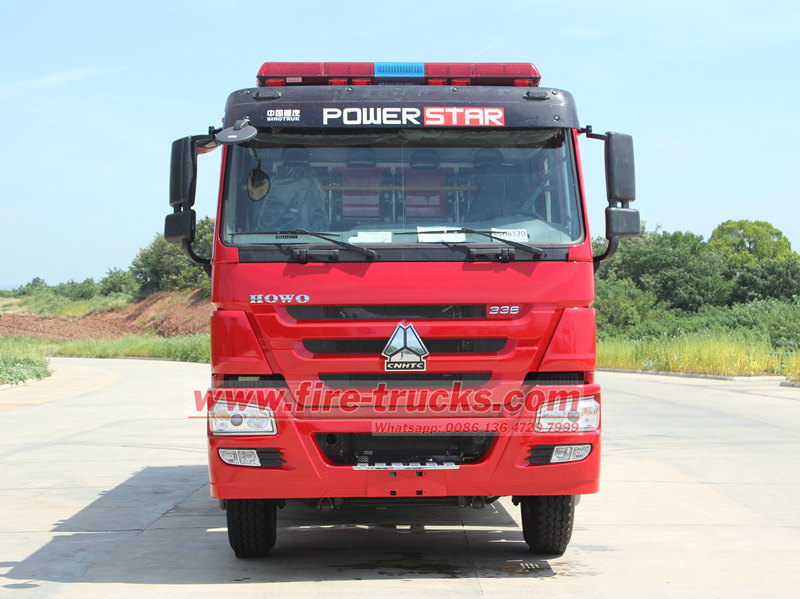
(2) Superstructure
Ang superstructure ay ang core ng HOWO foam fire tender, pangunahing binubuo ng water tank, foam tank, fire pump, foam proportioning system, piping system, at iba't ibang kagamitan sa paglaban sa sunog.
• Tangke ng Tubig at Tangke ng Foam
Ang tangke ng tubig at tangke ng bula ay mga kritikal na bahagi para sa pag-iimbak ng mga ahente ng pamatay ng apoy. Ang tangke ng tubig, na karaniwang matatagpuan sa likuran ng trak ng bumbero, ay ginawa mula sa mga high-strength steel plate, na may kapasidad na nako-customize batay sa aktwal na mga pangangailangan. Ang tangke ng foam ay nakaposisyon sa harap o sa itaas ng tangke ng tubig at gawa rin sa mga materyales na may mataas na lakas upang mag-imbak ng foam concentrate. Ang parehong mga tangke ay nilagyan ng mga level gauge at drain port, na nagpapahintulot sa mga operator na subaybayan ang mga medium na antas at madaling magsagawa ng pagpapanatili.
• Fire Pump
Ang bomba ng sunog ay isa sa mga pangunahing bahagi ng
HOWO foam tender fire truck
, responsable sa pag-pressure ng tubig at foam concentrate bago ihatid ang mga ito sa mga fire monitor o hose. Ang pump ay karaniwang gumagamit ng isang centrifugal o reciprocating na istraktura, na nagtatampok ng mataas na rate ng daloy, mataas na presyon, at matatag na pagganap. Upang matugunan ang iba't ibang pangangailangan sa paglaban sa sunog, ang bomba ng sunog ay nag-aalok ng maraming opsyon sa bilis ng gear upang ayusin ang output ng daloy at presyon.
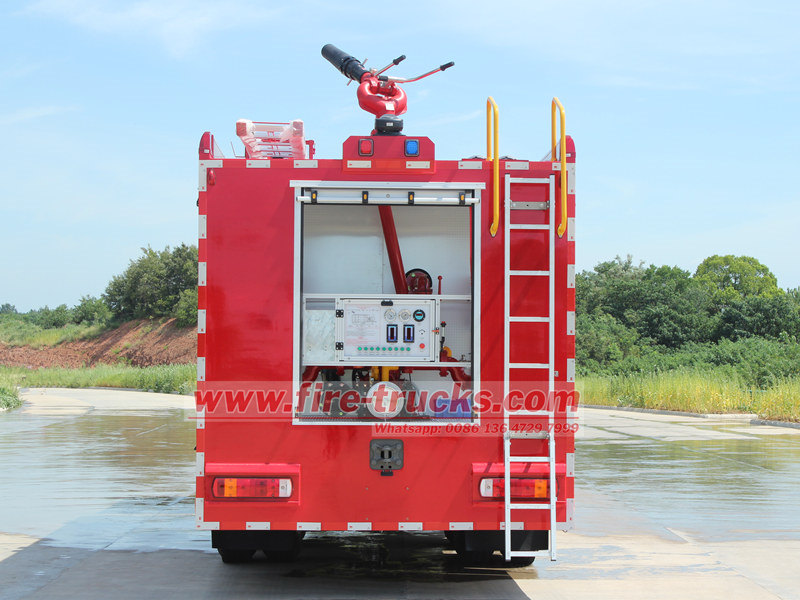
• Foam Proportioning System
Ang foam proportioning system ay ang pangunahing bahagi na nagbibigay-daan sa foam firefighting capabilities. Ito ay tiyak na kinokontrol ang ratio ng tubig sa foam concentrate, na tinitiyak ang pinakamainam na pagiging epektibo sa pagpuksa ng apoy. Karaniwang gumagamit ang system ng Venturi tube o mechanical proportioner, na kilala sa katumpakan, pagiging simple, at pagiging maaasahan nito.
• Piping System
Ang piping system ay nag-uugnay sa bomba ng sunog, tangke ng tubig, tangke ng foam, at kagamitan sa pag-aapoy ng sunog, na nagdadala ng tubig at foam concentrate sa pinangyarihan ng sunog. Ginawa ng mga high-strength steel pipe o hose, ang system ay nagpapakita ng mahusay na pressure resistance at corrosion resistance. Kasama rin dito ang iba't ibang mga valve at fitting, na nagpapahintulot sa mga operator na kumonekta at lumipat ng mga configuration kung kinakailangan.
• Kagamitan sa Paglaban sa Sunog
Ang kagamitan sa paglaban sa sunog, kabilang ang mga monitor at hose, ay ang direktang kasangkapan para sa pag-apula ng apoy. Ang monitor, kadalasang nakakabit sa bubong o likuran ng trak ng bumbero, ay nag-aalok ng pangmatagalan at mataas na dami ng discharge, na ginagawa itong angkop para sa malalaking sunog. Ang mga hose ay matatagpuan sa gilid o likuran ng trak at maaaring i-configure nang may kakayahang umangkop, na nagbibigay-daan sa mga operator na labanan ang mga sunog mula sa iba't ibang posisyon.
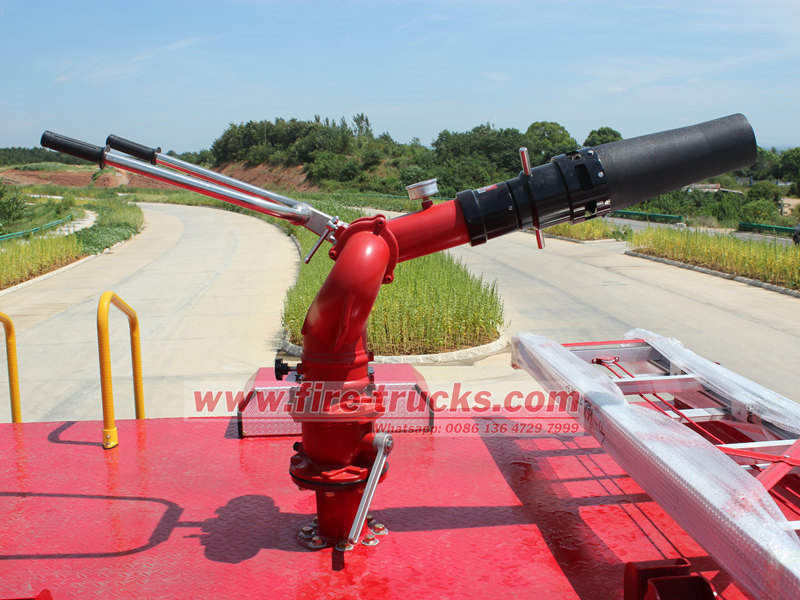
3. Mga Kalamangan sa Pagganap ng HOWO Foam Tank Fire Trucks
(1) Mataas na Kahusayan:
Nilagyan ng advanced na foam proportioning system at firefighting equipment, ang HOWO foam firefighting truck ay mabilis at epektibong makakapatay ng iba't ibang uri ng apoy, lalo na sa mga likidong nasusunog na apoy tulad ng mga sunog sa langis.
(2) Katatagan at Pagkakaaasahan:
Ang HOWO chassis ay nagbibigay ng matibay na suporta sa kanyang superyor na kapangyarihan at katatagan, habang ang superstructure, na gawa sa mga materyales na may mataas na lakas at advanced na mga diskarte sa pagmamanupaktura, ay nagsisiguro ng maaasahang operasyon kahit na sa malupit na kapaligiran.
(3) User-Friendly na Operasyon:
Ang control system ay idinisenyo upang maging intuitive, na nagpapahintulot sa mga operator na mabilis na maging pamilyar sa kanilang mga function. Bukod pa rito, ang trak ay nilagyan ng mga advanced na device sa pagmamaneho at paglaban sa sunog upang mapahusay ang kahusayan.
(4) Madaling Pagpapanatili:
Ang bawat bahagi ay idinisenyo na may naa-access na mga port ng pagpapanatili at mga puwang sa pag-inspeksyon, na nagpapasimple sa nakagawiang pangangalaga. Nagtatampok din ang trak ng komprehensibong sistema ng pag-diagnose ng fault at mga alarm device upang agad na matukoy at matugunan ang mga isyu.
4. Mga Sitwasyon ng Application ng HOWO Foam Fire Vehicles
Salamat sa kanilang mataas na kahusayan, pagiging maaasahan, kadalian ng operasyon, at pagpapanatili, ang HOWO foam fire truck ay malawakang ginagamit sa maraming sektor, kabilang ang:
(1) Mga halamang kemikal:
Ang mga pasilidad na ito ay naglalaman ng malalaking dami ng nasusunog at sumasabog na materyales, na ginagawang kritikal ang paglaban sa sunog. Ang mga foam fire truck ay maaaring mabilis na sugpuin ang sunog, na nagpoprotekta sa mga buhay at ari-arian.
(2) Mga Depot ng Langis:
Bilang mga lugar ng imbakan para sa malalaking dami ng nasusunog na likido, ang mga depot ng langis ay humihiling ng mahigpit na mga hakbang sa kaligtasan ng sunog. Ang mga foam fire truck ay nagbibigay ng mga espesyal na kakayahan sa paglaban sa sunog para sa mga sunog sa langis, na tinitiyak ang kaligtasan.
(3) Mga Paliparan:
Bilang mga hub ng transportasyong may mataas na trapiko, ang mga paliparan ay nangangailangan ng pinakamataas na antas ng kaligtasan sa sunog. Ang mga foam fire truck ay nagbibigay-daan sa mabilis na pagtugon at epektibong pagsugpo sa sunog, na tinitiyak ang pagpapatuloy ng pagpapatakbo at kaligtasan ng pasahero.
Bilang isang napakahusay, matatag, at maaasahang kagamitan sa paglaban sa sunog, ang mga foam fire truck ay may mahalagang papel sa iba't ibang larangan. Sa pamamagitan ng pagsusuri sa kanilang istraktura nang detalyado, nakakakuha kami ng mas malalim na mga insight sa kanilang mga katangian ng pagganap at mga pakinabang. Ito ay pinaniniwalaan na sa hinaharap,
HOWO foam unit fire trucks
ay patuloy na pangalagaan ang mga buhay at ari-arian sa kanilang mga kailangang-kailangan na kontribusyon.
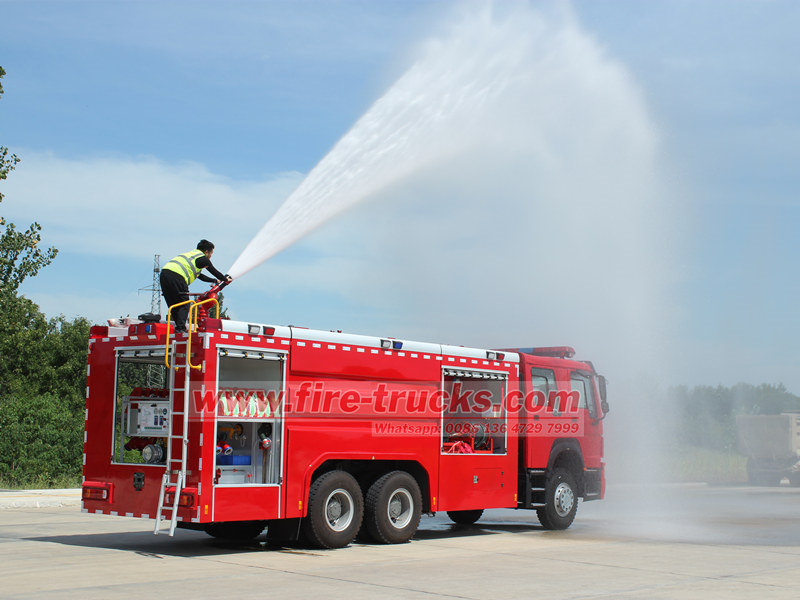
Maaari kang maging interesado sa mga sumusunod na impormasyon